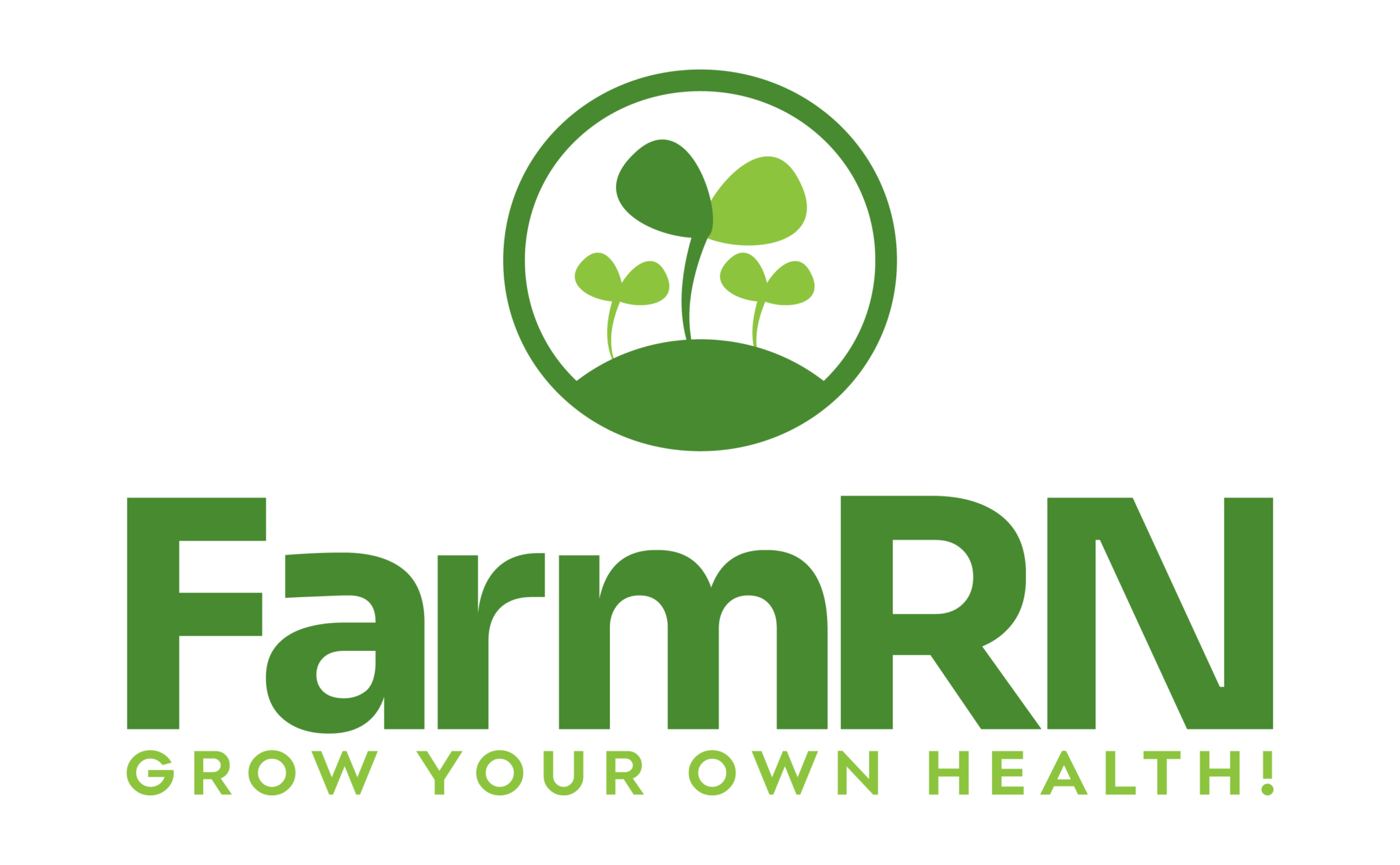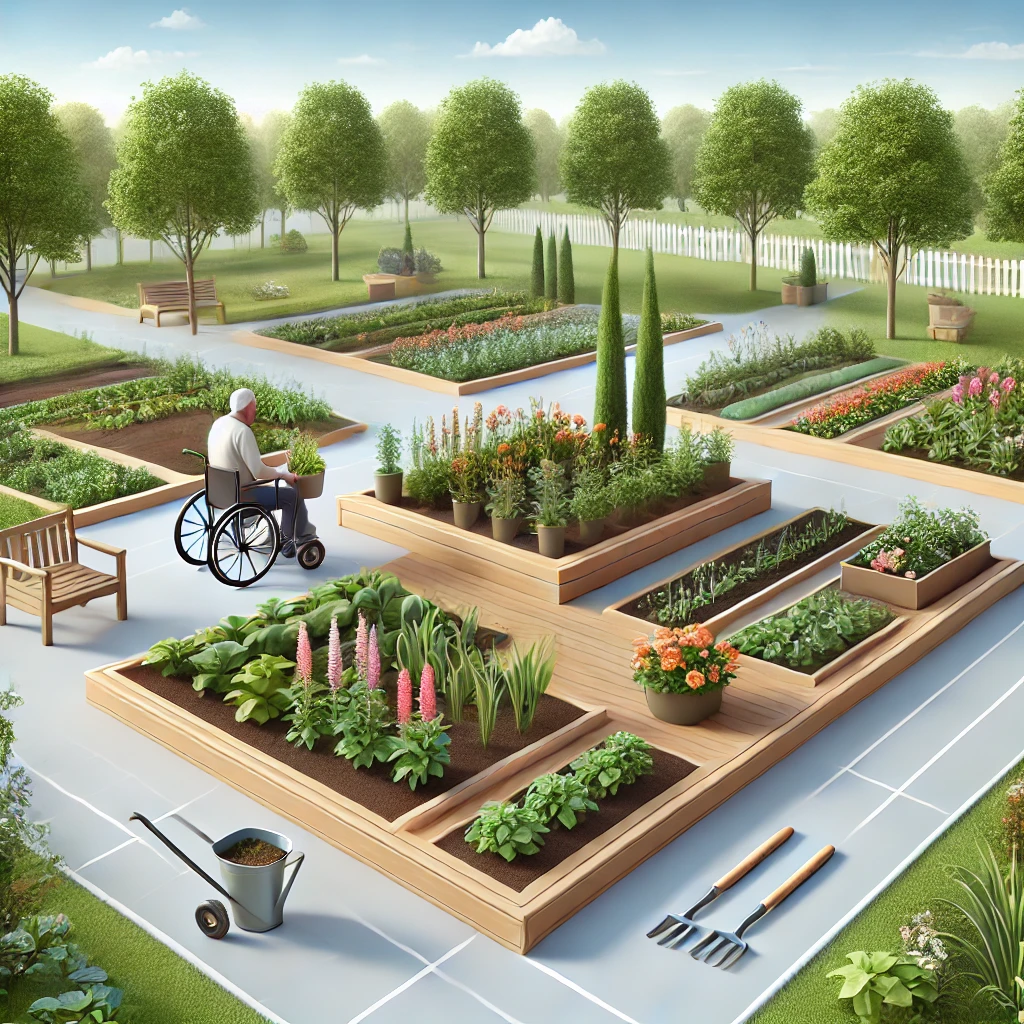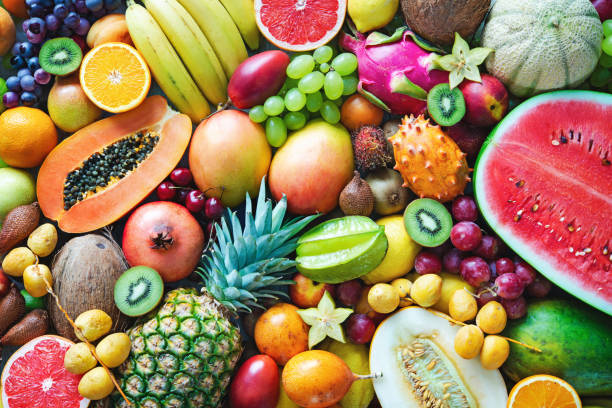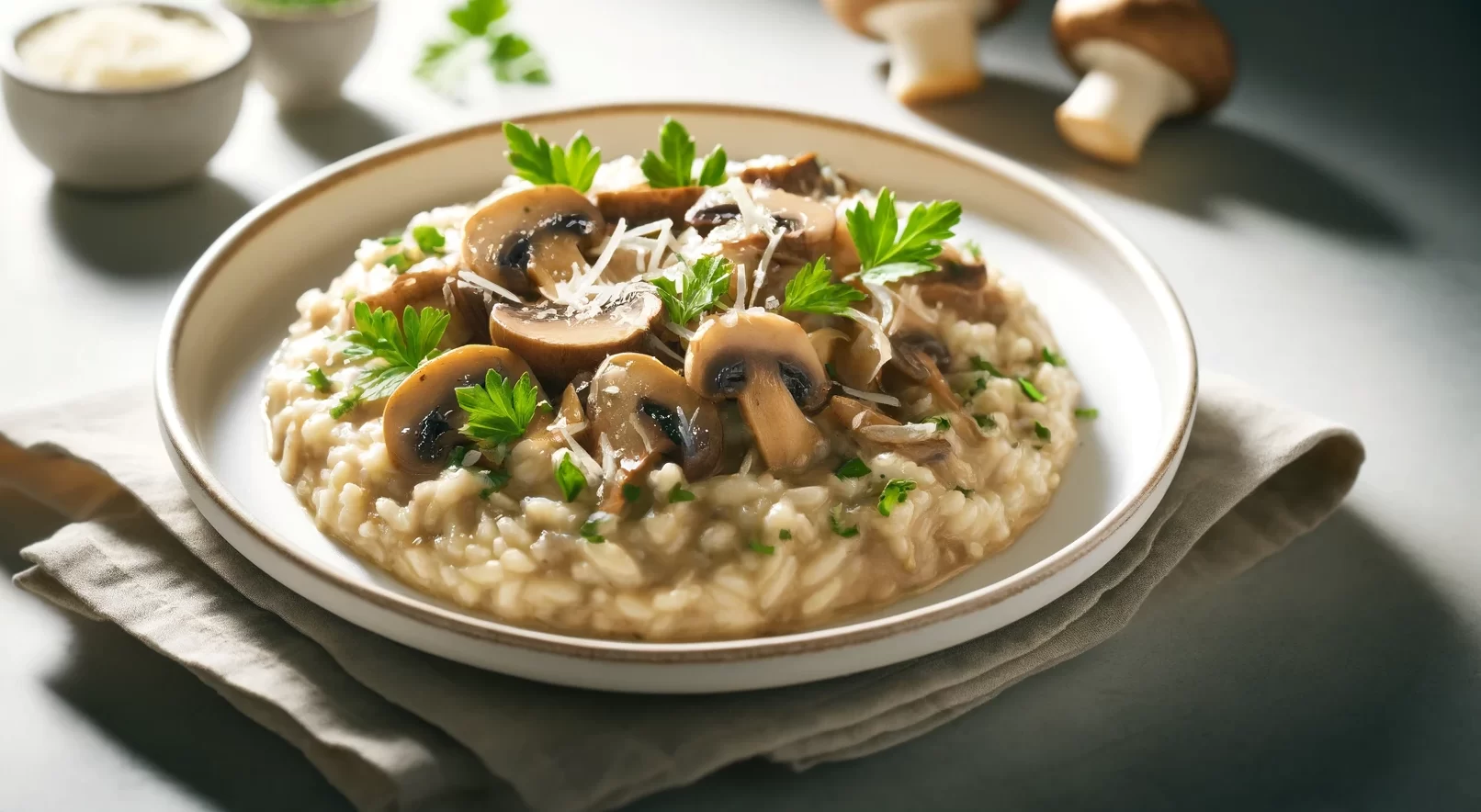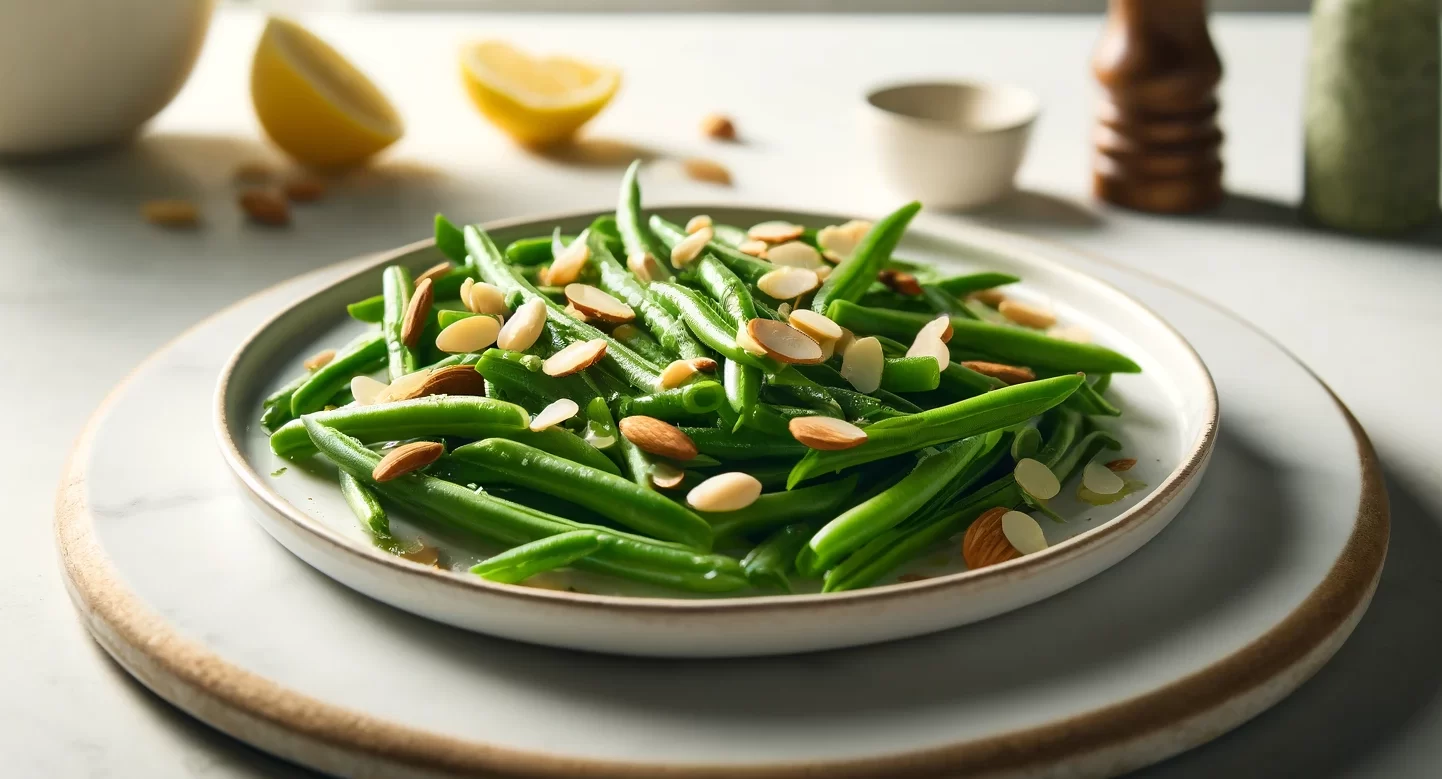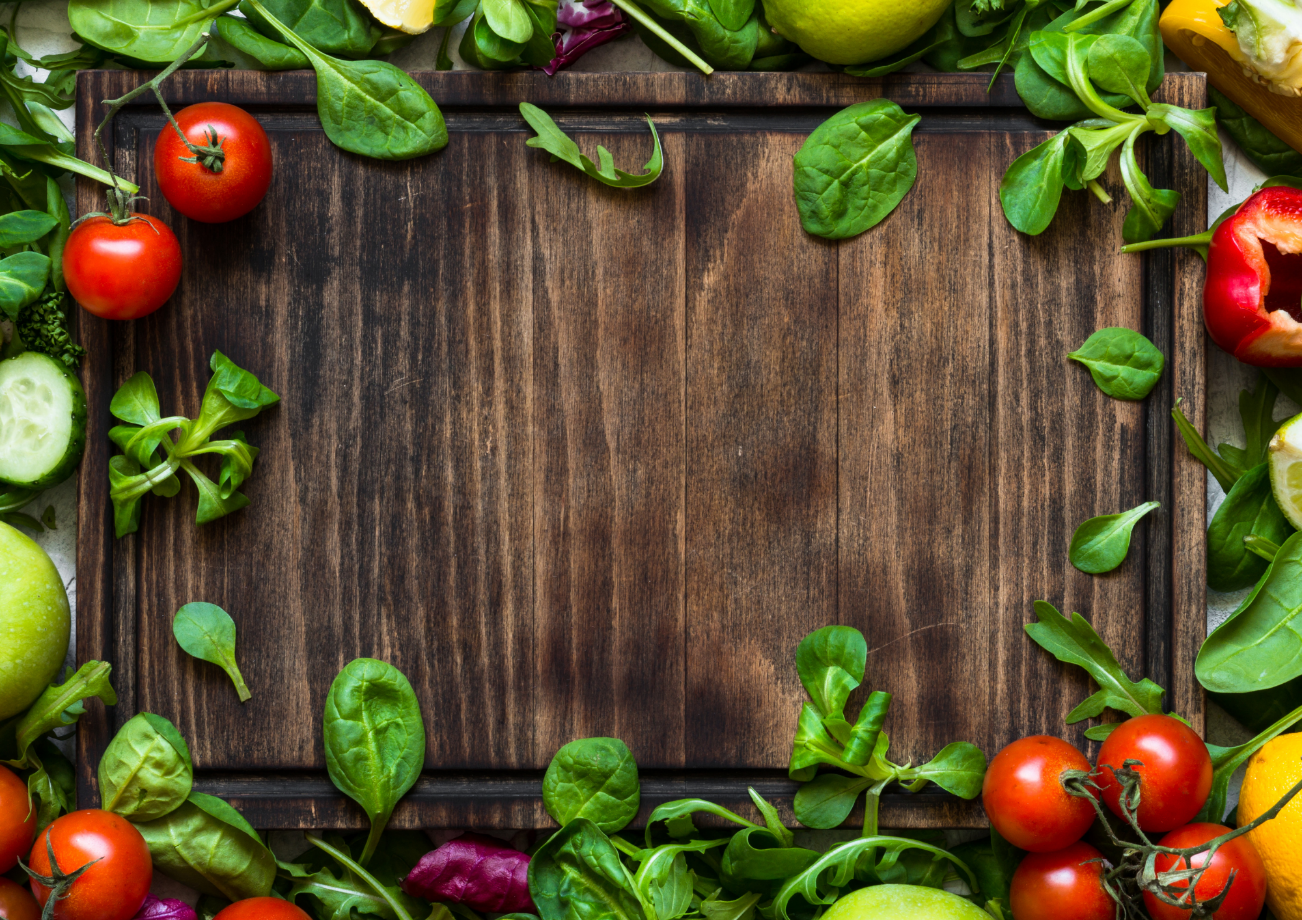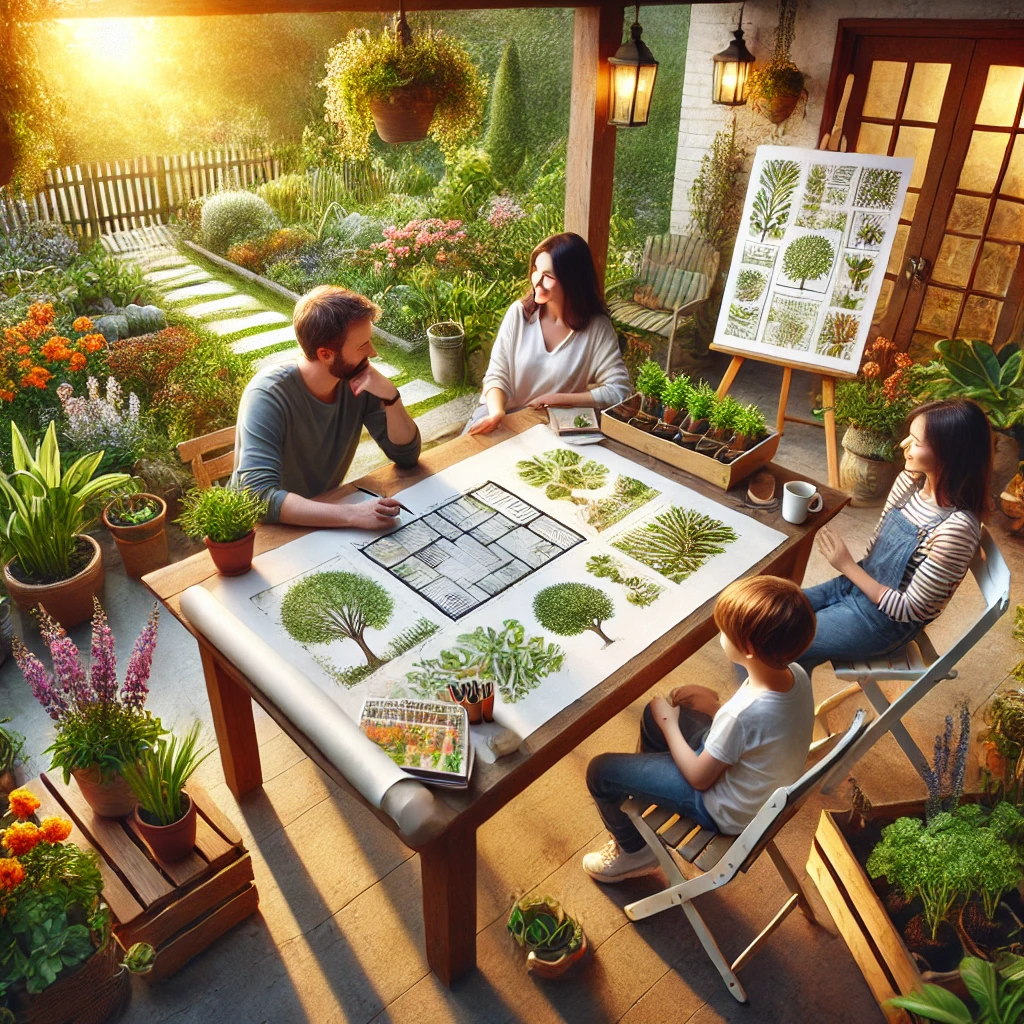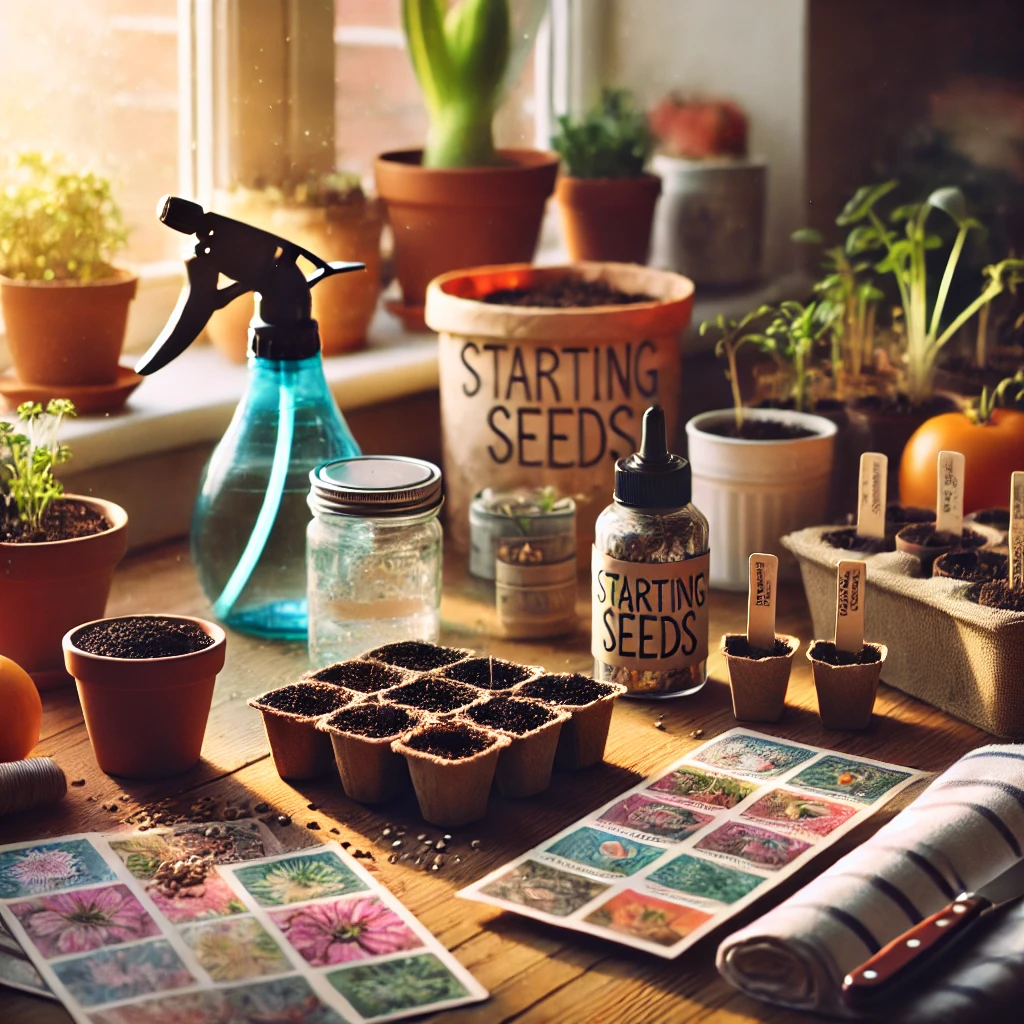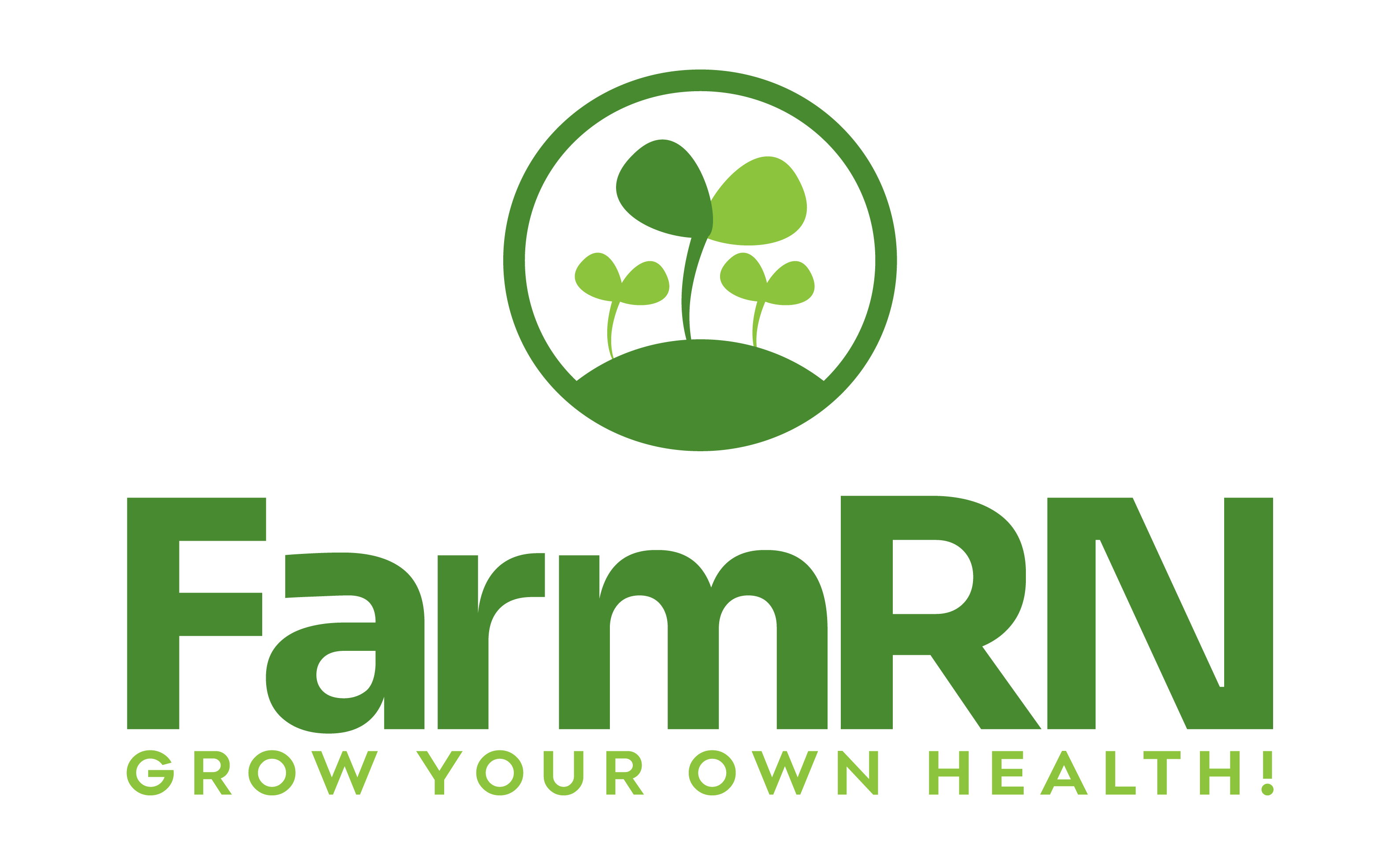In the quest for a verdant sanctuary that thrives throughout the
year, greenhouses emerge as the gardener’s best ally. Whether
you’re a seasoned horticulturist or a budding green thumb, the
allure of a greenhouse is undeniable. It promises a haven where
plants can flourish free from the whims of weather, extending the
growing season and broadening the horizon of what can be
cultivated. As someone deeply immersed in the rhythms of nature
and the joys of gardening, I’ve come to appreciate the
transformative power of greenhouses. Let’s explore how you can
harness this power, turning your year-round gardening dreams
into lush, living realities.
Laying the Foundation: Choosing the Right Greenhouse
Embarking on the journey of year-round gardening with a
greenhouse requires thoughtful consideration right from the start.
Laying the foundation for your greenhouse gardening adventure
begins with choosing the right structure, a decision that
significantly impacts the success of your horticultural endeavors.
The variety of greenhouses available today offers something for
every gardener, from hobbyists with modest needs to serious
gardeners seeking to maximize their yield.
The first step in choosing the right greenhouse is to assess the
space available in your garden. The size of your greenhouse will
dictate not only the types and quantities of plants you can grow
but also how much time and resources you’ll need to dedicate to
maintenance. Compact greenhouses are perfect for smaller
gardens or for those just starting out, while larger structures can
accommodate a wider variety of plants and more extensive
gardening projects.
Material choice is another critical consideration. Polycarbonate
greenhouses, known for their durability and excellent light
diffusion, are a popular choice for gardeners in regions with
variable weather conditions. They provide a stable environment
for plants, protecting them from harsh weather while ensuring
that sunlight is evenly distributed throughout the interior. Glass
greenhouses, on the other hand, offer unmatched aesthetic
appeal and clarity, allowing maximum sunlight penetration.
However, they may require more maintenance and can be more
challenging to heat efficiently in colder climates.
Location is the final piece of the foundation puzzle. Your
greenhouse should be positioned to maximize sunlight exposure,
ideally facing south or southeast. This ensures that your plants
receive ample light throughout the day, crucial for their growth
and development. Additionally, consider accessibility to water,
electricity, and shelter from strong winds, all of which contribute
to creating an ideal environment for your greenhouse garden.
Choosing the right greenhouse is a blend of practicality and
personal preference, a decision that lays the groundwork for a
thriving garden that can bring joy and bounty regardless of the
season. With careful planning and consideration, your greenhouse
can become a year-round sanctuary for plants and a source of
endless satisfaction for you, the gardener.
Climate Control: Mastering the Environment
Mastering the environment within your greenhouse is pivotal to
fostering a thriving garden all year round. Climate control,
encompassing temperature, humidity, and ventilation, becomes
an art that ensures your plants not only survive but flourish.
Effective climate management starts with understanding the
specific needs of your plants, as different species require varying
conditions to reach their full potential.
Ventilation is crucial for regulating temperature and ensuring
fresh air circulates, preventing the buildup of harmful pathogens.
Automated vent systems can open when it gets too warm and
close as temperatures drop, maintaining an optimal climate with
minimal effort. During colder months, heating systems become
indispensable. Options range from electric heaters for small
greenhouses to more sustainable solutions, such as solar energy,
for larger setups, ensuring that even in the depths of winter, your
plants remain in a nurturing environment.
Equally important is humidity control, particularly in preventing
mold and diseases. Hygrometers can monitor levels, allowing you
to adjust through dehumidifiers or misting systems as needed.
Mastering greenhouse climate control is a dynamic process,
requiring observation and adaptation to create a balanced
ecosystem where your garden can thrive, regardless of the
weather outside.
The Art of Watering: Keeping Plants Hydrated
Watering within the confines of a greenhouse is an art that
balances the fine line between too much and too little, ensuring
plants remain perfectly hydrated. This controlled environment,
free from natural precipitation, places the onus of water
management squarely on the gardener. Key to success is
recognizing the unique needs of each plant species, as
overwatering can lead to root rot and under-watering can stress
plants, hindering their growth. Implementing a consistent
watering schedule, tailored to the life stage and type of each
plant, is fundamental.
For precision and efficiency, consider adopting a drip irrigation
system. This method delivers water directly to the base of each
plant, minimizing waste and reducing the likelihood of leaf
diseases associated with overhead watering. Additionally, using a
moisture meter can remove guesswork, providing accurate
readings of soil moisture levels and informing when it’s time to
water.
Adjustments for seasonal changes are crucial, as plants typically
require more water during the warmer, brighter months and less
during the cooler periods of dormancy. By mastering the art of
watering, gardeners can ensure their greenhouse plants receive
the hydration they need to thrive, promoting robust growth and
bountiful harvests in any season.
Light the Way: Ensuring Adequate Lighting
In the sanctuary of a greenhouse, where the external whims of
weather are held at bay, ensuring adequate lighting becomes a
pivotal aspect of plant care. Light, the primary energy source for
photosynthesis, dictates the health, growth, and productivity of
your plants. While greenhouses are designed to maximize natural
sunlight, there are times, especially during the shorter days of
winter, when supplemental lighting becomes necessary to fill the
gap, ensuring your plants continue to thrive.
The introduction of grow lights represents a game-changer in
greenhouse gardening, providing a spectrum of light that closely
mimics natural sunlight. LED grow lights, in particular, have
revolutionized the scene with their energy efficiency and longevity.
They emit a balanced spectrum of cool and warm light, catering
to the various stages of plant growth without the risk of
overheating your plants or your greenhouse. Positioning these
lights strategically ensures that every plant, from the towering
tomato to the modest marigold, receives its share of artificial
sunshine.
Moreover, understanding the light requirements of different plants
is crucial. Leafy greens may thrive under lower light intensities,
whereas fruiting plants typically demand more robust lighting to
produce bountiful crops. This knowledge allows for the
customization of lighting setups, ensuring that each plant species
receives the optimal light quantity and quality for its specific
needs.
Adjusting light exposure to simulate natural day length can further
enhance plant growth, encouraging flowering and fruiting as
needed. By mastering the balance of natural and supplemental
lighting within your greenhouse, you create an environment where
plants can perform their photosynthetic ballet uninterrupted,
growing strong and productive, regardless of the season outside.
Cultivating Diversity: Choosing the Right Plants
Cultivating diversity within the greenhouse is akin to painting a
vibrant tapestry with a palette of plants, each species contributing
its unique shade, texture, and fragrance. This diversity not only
enhances the aesthetic appeal of your greenhouse but also
supports a healthy ecosystem by attracting beneficial insects and
promoting natural pest control. The right choice of plants can
transform your greenhouse from a mere growing space into a
thriving, biodiverse haven.
When selecting plants for your greenhouse, consider both their
environmental needs and their compatibility with one another.
Start with staples that ensure a continuous yield, such as
tomatoes, peppers, and leafy greens, which thrive under the
controlled conditions a greenhouse provides. Introducing herbs
like basil, chives, and mint adds layers of aroma and flavor, while
also serving as natural pest deterrents.
Experimenting with exotic or tropical plants can elevate your
greenhouse gardening to new heights. Citrus trees, orchids, or
even carnivorous plants can be successfully grown, offering a
glimpse into the world’s diverse plant life from the comfort of your
backyard. These exotic additions require careful research to
ensure their specific light, temperature, and humidity needs are
met, but the reward lies in the rich, unique environment they
create.
Incorporating pollinator-friendly plants and flowers attracts bees
and butterflies, essential for pollination and ensuring the health of
your greenhouse ecosystem. This biodiversity not only fosters a
resilient garden but also turns your greenhouse into a vibrant,
living classroom, offering endless learning opportunities about
the interdependence of species.
By thoughtfully choosing a mix of plants, you invite a symphony of
life into your greenhouse, each plant playing its part in creating a
harmonious whole. This diversity under glass mirrors the
complexity of nature itself, offering a year-round exploration of the
wonders of the plant kingdom.
Pest and Disease Management: Keeping Your Greenhouse
Healthy
Maintaining the health of your greenhouse is crucial for ensuring
the vigor and productivity of your plants. Despite the controlled
environment a greenhouse provides, it can also create a haven for
pests and diseases if not managed properly. Vigilance and
proactive measures are key to preventing infestations and
outbreaks that can compromise your garden.
The enclosed nature of greenhouses can unfortunately facilitate
the rapid spread of pests and diseases. Regular monitoring is
essential; inspect your plants frequently for signs of trouble, such
as discolored leaves, stunted growth, or the presence of insects.
Early detection is critical for effective management, allowing for
immediate action before issues escalate.
Integrated Pest Management (IPM) strategies are invaluable in
the greenhouse setting. IPM focuses on using the least invasive,
most sustainable methods first, such as introducing beneficial
insects that prey on harmful pests or employing barriers and
traps. Cultural practices, like crop rotation and maintaining
diversity among plants, can also reduce the risk of disease.
When intervention is necessary, opt for organic and natural
remedies whenever possible. Neem oil, insecticidal soaps, and
horticultural oils are effective against a wide range of pests
without harming beneficial insects or the environment. Similarly,
for fungal diseases, solutions like baking soda sprays or sulfur
dust can provide relief while keeping chemical use to a minimum.
Maintaining cleanliness is also paramount; remove any dead or
diseased plant material promptly to prevent the spread of
pathogens. Ensuring good air circulation through strategic plant
placement and ventilation reduces humidity levels, making your
greenhouse less inviting to pests and diseases.
By adopting a vigilant, informed approach to pest and disease
management, you can maintain a healthy, productive greenhouse
environment. This not only protects your plants but also supports
the broader ecosystem, reflecting a commitment to responsible,
sustainable gardening practices.
The Joy of Harvesting: Reaping the Rewards
The joy of harvesting in a greenhouse is akin to unwrapping gifts,
each plant offering its bounty as a reward for months of care and
anticipation. This moment marks the culmination of a gardener’s
journey, from the initial planting to the daily nurturing, all leading
to the exhilarating experience of reaping the rewards. The act of
harvesting is not just a physical activity but a celebration of
success, a tangible connection to the cycle of life and growth.
In a greenhouse, the harvest season is extended, providing fresh
produce even when the outside world is barren. The pleasure of
picking ripe tomatoes, crisp lettuce, or aromatic herbs in the
middle of winter is unparalleled. It’s a testament to the wonders of
greenhouse gardening, breaking the bounds of traditional growing
seasons and offering a continuous connection to your food
source.
Harvesting also signifies a time of abundance, often more than
can be consumed immediately. This surplus allows for the
sharing of your garden’s yield with family, friends, and community,
spreading joy and fostering connections through the universal
language of food. It invites opportunities to preserve your produce
through canning, freezing, or drying, extending the enjoyment of
your harvest throughout the year.
Beyond the physical rewards, the act of harvesting reinforces the
value of patience, effort, and attentiveness. It’s a reflective
moment, appreciating the beauty and bounty of nature, and
acknowledging your role in its cultivation. The satisfaction derived
from this process is profound, nourishing not just the body but
also the soul.
Harvesting in a greenhouse brings a sense of fulfillment and
gratitude, reminding us of the simple yet profound joys of
gardening. It encourages a cycle of continuous learning and
growth, inspiring us to start the process anew, with each cycle
deepening our connection to the earth and our understanding of
its rhythms.
Conclusion
Greenhouses transform the gardening landscape, offering a
sanctuary for plants to thrive year-round, regardless of external
conditions. They invite us to expand our gardening repertoire,
experiment with new varieties, and enjoy the fruits of our labor in
every season. The journey of creating and maintaining a
greenhouse is one of constant learning and adaptation, filled with
both challenges and rewards.
If you’re inspired to embark on your own greenhouse gardening
adventure or looking to deepen your knowledge and skills,
consider joining our community. Sign up for our newsletter to
receive insights, tips, and stories that will guide you through the
seasons, helping you grow not just a garden, but a haven of
biodiversity and beauty. Together, let’s explore the possibilities of
year-round gardening, creating spaces that nourish both the body
and the soul

